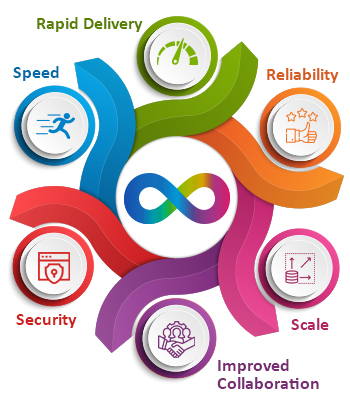If you are someone who is new cloud computing and is deciding to adopt cloud computing, there are several factors you have to consider.
Define the role of Cloud:
Are you looking to host your website or a mobile app or you just require storage space for your files.
If your business handles financial data by conducting credit card processing or if you are in a highly regulated industry such as banking or healthcare, most organisations face compliance and regulatory mandates designed to protect their customers’ sensitive information. Depending on your industry, you could need to meet compliance standards promulgated by the states or even the specific countries or global regions in which you conduct business.
Business flows and Priorities of the Solution:
At what point, does your cloud solution fit in. Do I already have a system which I need to upgrade. Find the priorities of the system of your business.
Need for Integrations with Internal and External systems:
Based on your application needs, we need to figure out the Internal and External services that is essential part or something you cannot replace with your new cloud solution. Once we identify these sub systems and find a possible way to work with your Cloud Framework.
Financials of running the solution:
Running a cloud deployment can be cost effective or a costly affair, based on how it is setup. Different services have different costing parameters like bandwidth, storage space, processing power, backup servers and so on. So it is very essential as a Cloud Architect to plan ahead about the potential cost that can be incurred when running your solution.
Compliance and Security:
Define the DevOps strategy:
Envisioning the future of Product and Technology:
It is essential for understand what part of your services need to be upgrade based on Cost or ease of use. It is vital that you keep yourself up to date to get ahead of the curve and predict how your solution will look like at scale.
Conclusion:
This is a very high level picture of all aspects you need to consider Cloud Computing as your potential business solution. In a future post, I will dig into each of the aspects and learn more about Cloud Computing.







Comments
Post a Comment